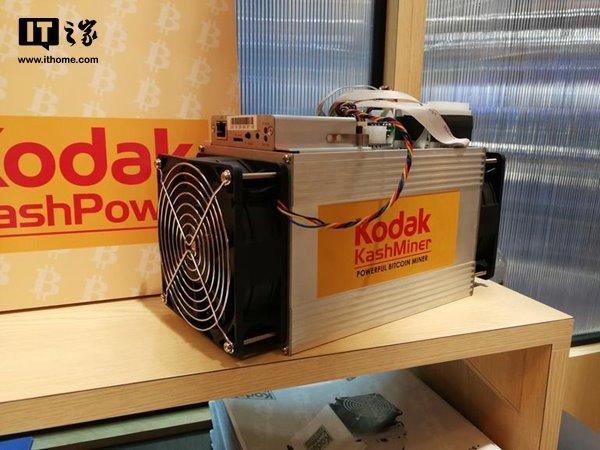As the digital landscape of cryptocurrencies continues to evolve at a breakneck pace, one question lingers in the minds of tech enthusiasts and investors alike: Is GPU mining still a viable path to profitability in 2023? Once heralded as the gold standard for mining altcoins like Ethereum and Dogecoin, GPU rigs have faced a barrage of challenges, from soaring energy costs to shifting network protocols. Yet, amidst the volatility of Bitcoin’s dominance and the rise of decentralized finance, GPU mining retains a certain allure for those willing to navigate its complexities. This in-depth analysis delves into the intricacies of GPU mining, exploring its profitability in relation to Bitcoin (BTC), Ethereum (ETH), Dogecoin (DOG), and the broader ecosystem of mining farms, miners, and rigs, while considering the services offered by companies specializing in mining machine sales and hosting.
The roots of GPU mining trace back to the early 2010s, when everyday graphics cards transformed into powerful tools for cryptographic puzzles. Unlike the specialized ASIC miners optimized for Bitcoin, GPUs offered versatility, allowing miners to switch between currencies like ETH and DOG with relative ease. In 2023, however, the narrative has shifted dramatically. Ethereum’s transition to a Proof-of-Stake (PoS) model in late 2022 eliminated the need for energy-intensive GPU mining, redirecting vast arrays of hardware toward other proof-of-work coins. This seismic change has left many wondering if the era of GPU dominance is fading, especially as BTC’s network difficulty skyrockets, making it nearly impossible for casual miners to compete without industrial-scale operations.
Profitability in GPU mining hinges on a delicate balance of variables, including electricity rates, hardware efficiency, and market fluctuations. For instance, a mid-range GPU rig might consume upwards of 1,000 watts per hour, translating to substantial costs in regions with high energy prices. Yet, for currencies like DOG, which boasts a more accessible mining algorithm, enthusiasts can still turn a profit if they leverage hosted mining services. Companies that sell and host mining machines provide a lifeline here, offering secure data centers where rigs operate under optimal conditions, thus mitigating the burdens of home-based setups. This model not only reduces operational risks but also amplifies returns by tapping into economies of scale, a strategy particularly appealing for ETH holders seeking alternatives post-PoS.

Turning to Bitcoin, the behemoth of the crypto world, GPU mining has become largely obsolete due to ASIC’s superior hash rates. Nevertheless, the indirect benefits persist; BTC’s price surges often lift the entire market, including DOG and other GPU-friendly coins, creating ripple effects that enhance mining rewards. In contrast, mining farms—vast warehouses filled with synchronized rigs—represent the future for serious operators. These facilities, often managed by firms expert in hosting, optimize for cooling, security, and uptime, turning what was once a hobbyist’s pursuit into a professional venture. A single mining rig, equipped with high-end GPUs, could yield modest daily earnings from DOG or similar assets, but only if paired with strategic hosting to offset environmental variables.
The unpredictability of crypto markets adds another layer of intrigue to GPU mining’s profitability. While ETH’s PoS shift has dampened GPU demand, opportunistic miners have pivoted to emerging coins or even dabbled in merged mining techniques. Bursting onto the scene are hybrid models where GPUs handle both rendering tasks and blockchain validation, blurring the lines between gaming and mining. This diversification injects a rhythmic vitality into the industry, where one day’s loss on BTC volatility might be offset by a surge in DOG’s meme-fueled popularity. Exchanges play a pivotal role too, as timely sales of mined coins can amplify profits, yet they introduce fees and regulatory hurdles that demand savvy navigation.
Amid these fluctuations, the role of dedicated miners and rigs cannot be overstated. A typical mining rig, comprising multiple GPUs linked to a motherboard, exemplifies the burstiness of this field—capable of intense computational bursts followed by idle periods. For 2023, profitability metrics suggest that in low-cost electricity zones, GPU mining for DOG or niche altcoins remains feasible, potentially netting $50 to $200 daily per rig, depending on market conditions. However, when juxtaposed with the company’s expertise in selling and hosting machines, the equation tilts favorably. Hosted solutions eliminate the need for personal infrastructure, allowing miners to focus on strategy rather than maintenance, and in doing so, they foster a more sustainable, profitable ecosystem.
In conclusion, while GPU mining in 2023 is not the unbridled cash cow it once was, especially for BTC and ETH, it still holds pockets of opportunity for the astute and adaptable. The key lies in embracing diversity—whether through hosting services, diversified coin portfolios, or innovative rig configurations. As cryptocurrencies march forward, the dance between technology and profitability continues, urging miners to stay vigilant, innovative, and perhaps a bit audacious in their pursuits.

One reply on “Is GPU Mining Still Profitable in 2023? An In-Depth Analysis”